
Washington communities reduce trauma effects through public-private partnerships
Several communities have created innovative approaches to decrease problems linked to trauma.

Several communities have created innovative approaches to decrease problems linked to trauma.
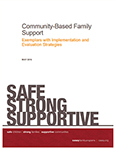
This brief examines the need for community-based initiatives, lessons learned on implementation, and promising evaluation strategies.
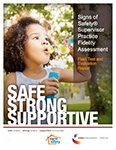
This report describes the development of a fidelity measurement tool for Signs of Safety® — an approach to assessing safety and risk in child protective services.
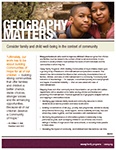
This two-page overview explains the utility of using geographic analysis techniques and mapping in child welfare.
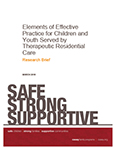
This brief summarizes research on effective practices for children and youth referred to therapeutic residential care.
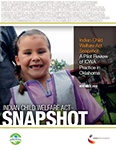
The Oklahoma Department of Human Services (DHS), in partnership with Casey Family Programs, conducted this pilot project to identify practice trends related to compliance with the federal and Oklahoma Indian Child Welfare acts. The Indian Child Welfare Act Snapshot report describes a review of cases involving American Indian children in foster care performed by a […]
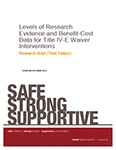
States with Title IV-E demonstrations are using evidence-based practices, but more cost-benefit analyses are needed.
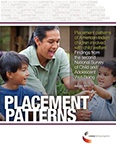
American Indian children are disproportionately more likely to be victims of maltreatment and to be in foster care than the general population of children, according to 2012 data. Despite Indian Child Welfare Act (ICWA) guidelines, only 17 percent of American Indian children not living with a biological parent reside with an American Indian caregiver. This […]
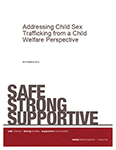
This report presents the results of a national survey gathering child welfare leaders’ insights into child sex trafficking and what they need to combat it.
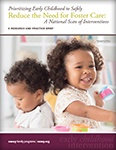
This research brief highlights practice elements that contribute to effective programs for parents and young children involved with child welfare systems.